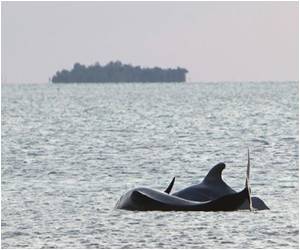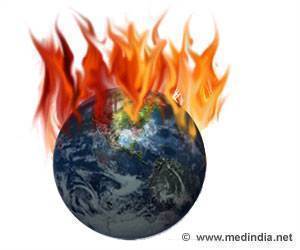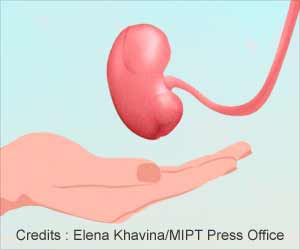Most tropical rain falls in the Northern Hemisphere is because of ocean currents originating from the poles, thousands of miles away, shows a new study.

Scientists long believed that this was a quirk of the Earth's geometry - that the ocean basins tilting diagonally while the planet spins pushed tropical rain bands north of the equator.
However, the findings explain a fundamental feature of the planet's climate, and show that icy waters affect seasonal rains that are crucial for growing crops in places like Africa's Sahel region and southern India.
In general, hotter places are wetter because hot air rises and moisture precipitates out.
Corresponding author Dargan Frierson, a University of Washington associate professor of atmospheric sciences, said that it rains more in the Northern Hemisphere because it's warmer.
Frierson and his co-authors first used detailed measurements from NASA's Clouds and Earth's Radiant Energy System, or CERES, satellites to show that sunlight actually provides more heat to the Southern Hemisphere - and so, by atmospheric radiation alone, the Southern Hemisphere should be the soggier one.
Advertisement
The reason is that as the water moves north over many decades it gradually heats up, carrying some 400 trillion watts of power across the equator.
Advertisement
Source-ANI









